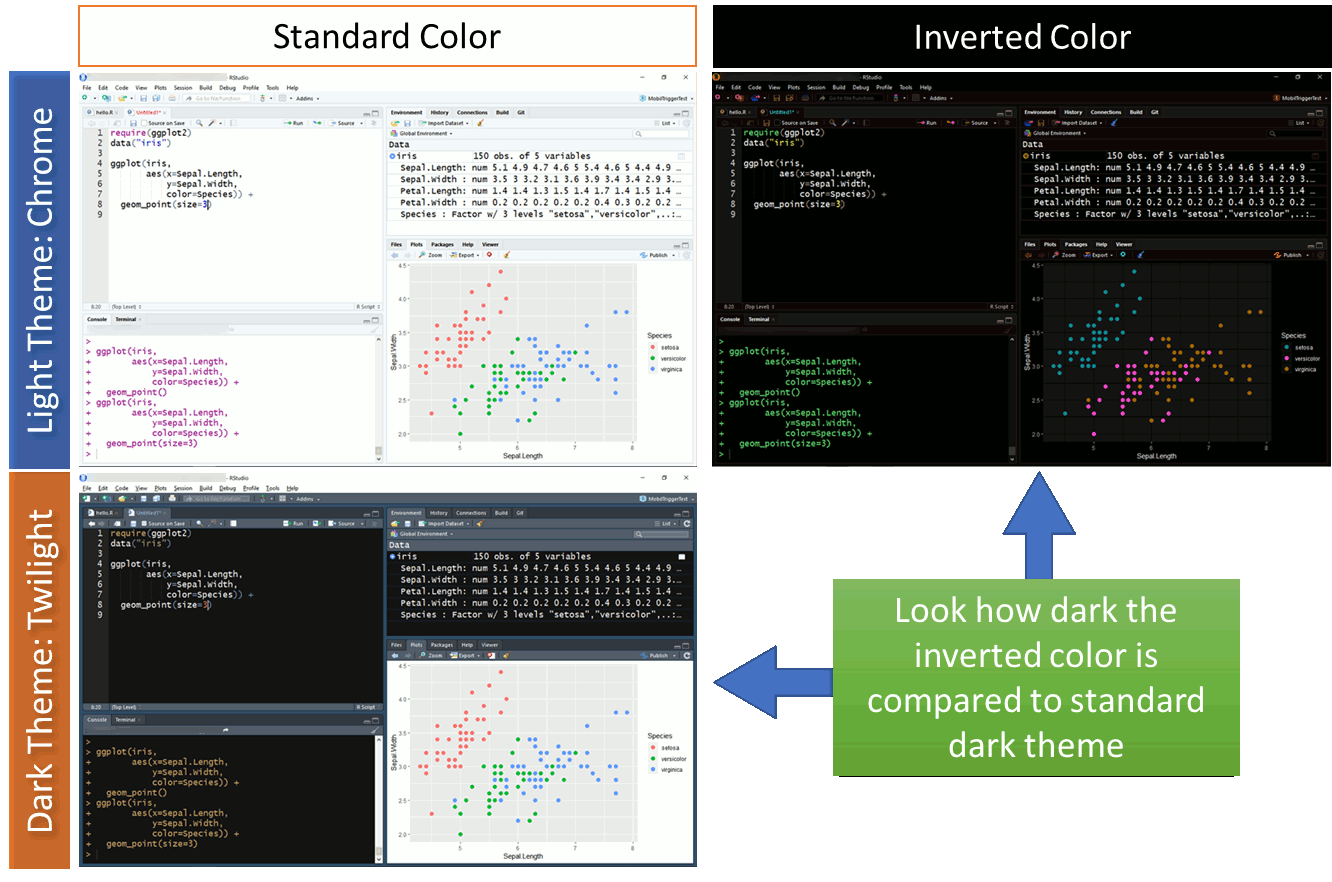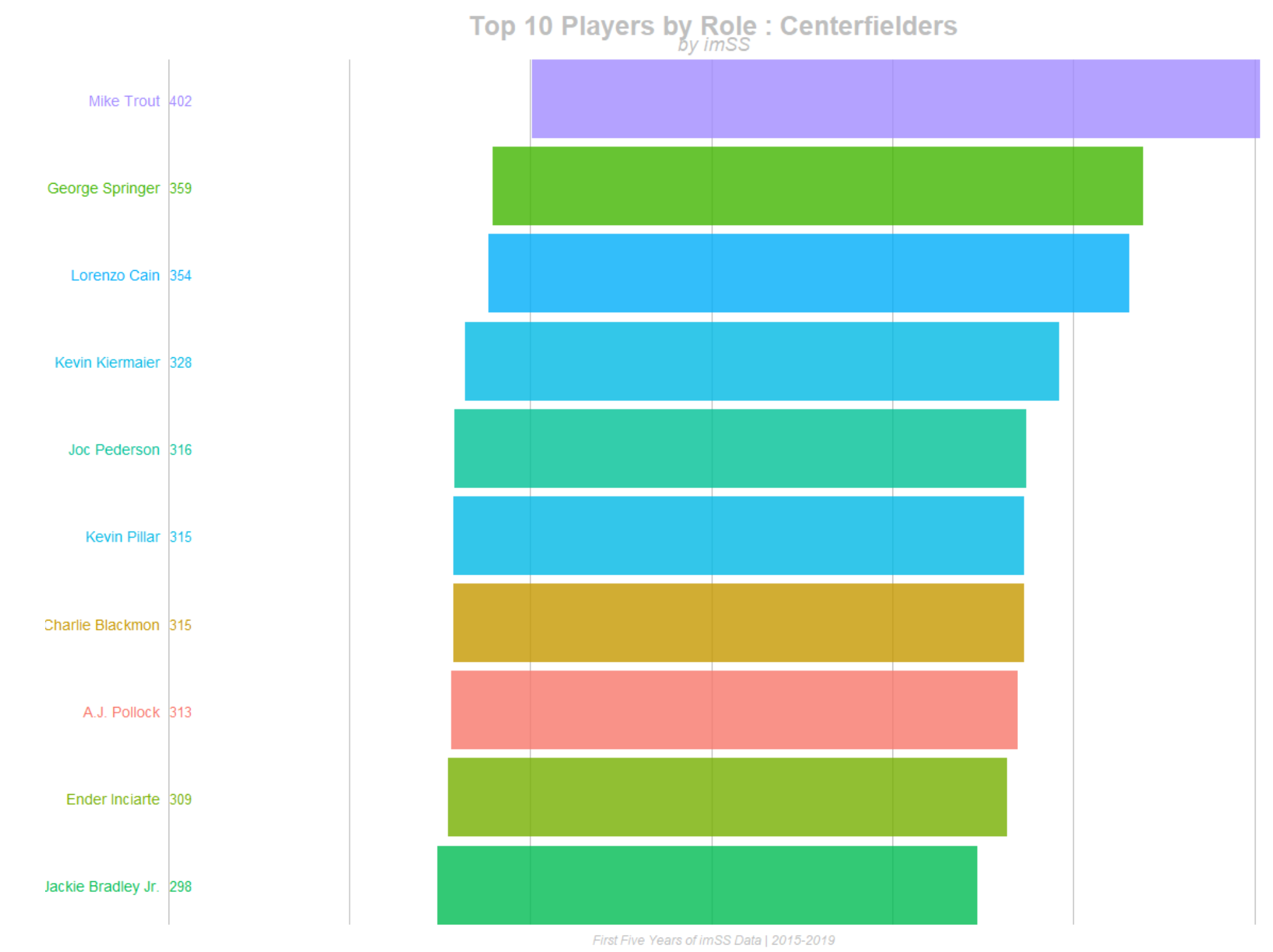


We have used the legend() function to appropriately display the legend. Create simple and stacked barplots in R with the barplot(height) function, where height is a vector or matrix. Let us consider the following matrix which is derived from our Titanic dataset. Each column of the matrix will be represented by a stacked bar. If the input is matrix, a stacked bar is plotted. Now that we have our data in the required format, we can plot, survival for example, as barplot(margin.table(Titanic,4)) or plot male vs female count as barplot(margin.table(Titanic,2)).Īs mentioned before, barplot() function can take in vector as well as matrix. > margin.table(Titanic) # gives total count if index is not provided Ggplot2 will fill each bar graph with a different color and add a. > margin.table(Titanic,4) # count according to survival To make each bar graph take on a different color, use fill variable in the ggplot function. > margin.table(Titanic,1) # count according to class This function sums up the table entries according to the given index. In this case we can use the margin.table() function. Suppose we wanted to bar plot the count of males and females. We can see that this data has 4 dimensions, class, sex, age and survival.
Colors on bar graph r studio software#
This data set provides information on the fate of passengers on the fatal maiden voyage of the ocean liner ‘Titanic’, summarized according to economic status (class), sex, age and survival.-R documentation. ggplot2 barplots : Quick start guide - R software and data visualization Basic barplots Change barplot colors by groups Change the legend position Change. For example, let us take the built-in Titanic dataset. Sometimes the data is in the form of a contingency table. Note below, that we define the argument density to shade the bars. ggbarplot( data, x, y, combine FALSE, merge FALSE, color black, fill white, palette NULL, size NULL, width NULL.

Now plotting this data will give our required bar plot. Let us suppose, we have a vector of maximum temperatures (in degree Celsius) for seven days as follows. If we supply a vector, the plot will have bars with their heights equal to the elements in the vector. We can supply a vector or matrix to this function. With this example, we’ll use the latter, and we’ll set the outline color of the bars to black, with colour'black' (Figure 3.10 ). Bar plots can be created in R using the barplot() function. The default colors aren’t the most appealing, so you may want to set them using scalefillbrewer () or scalefillmanual ().


 0 kommentar(er)
0 kommentar(er)
